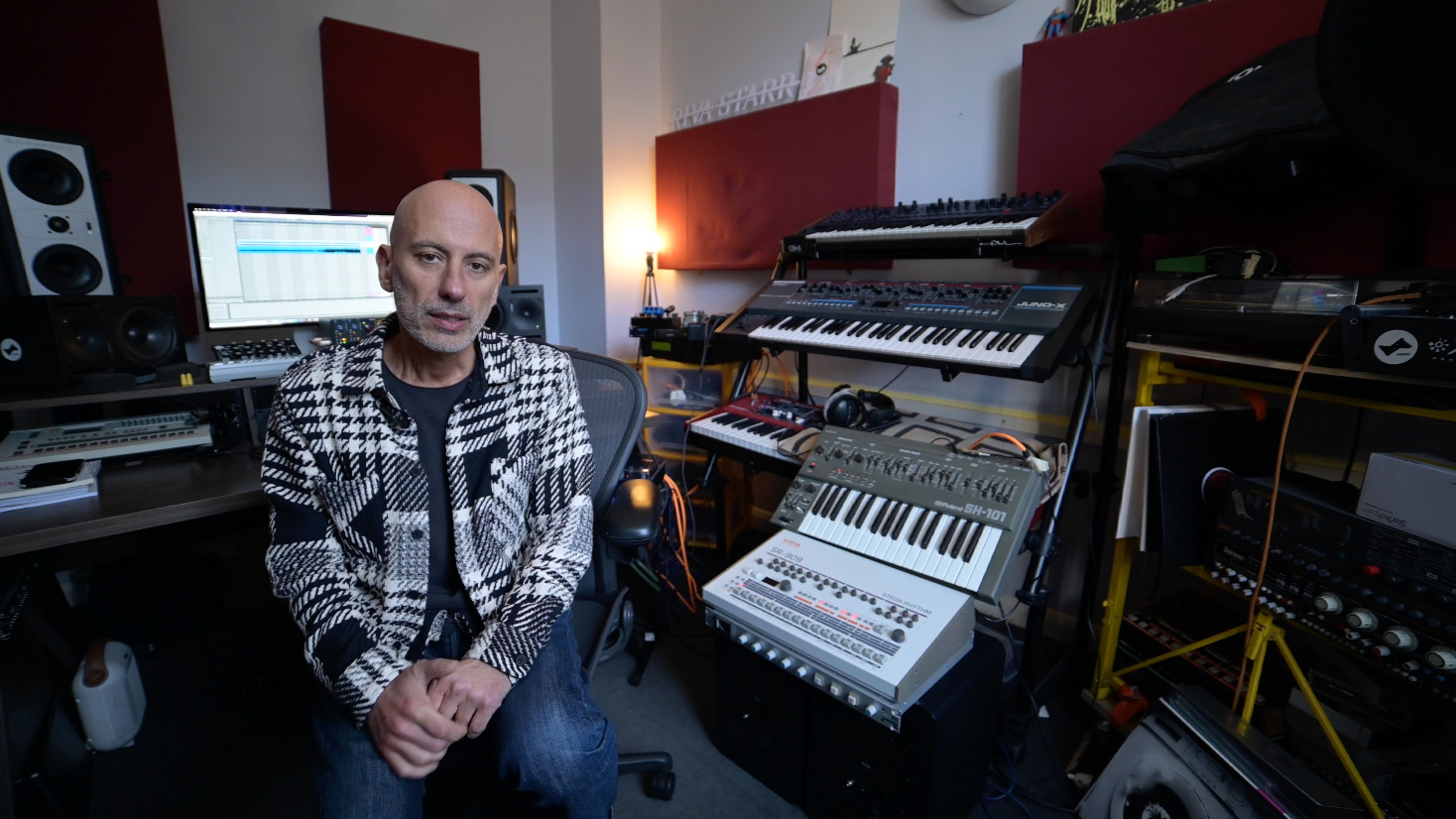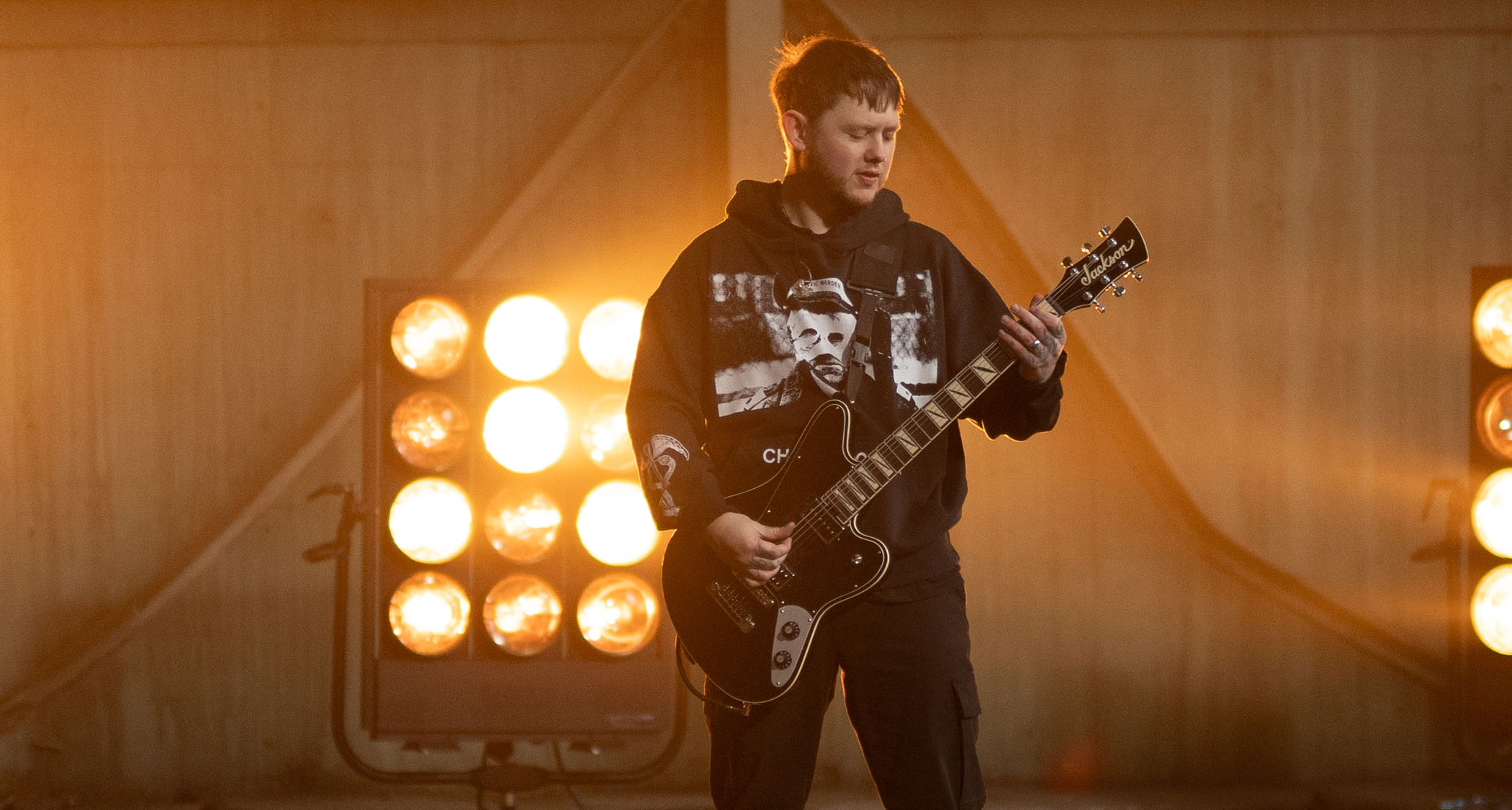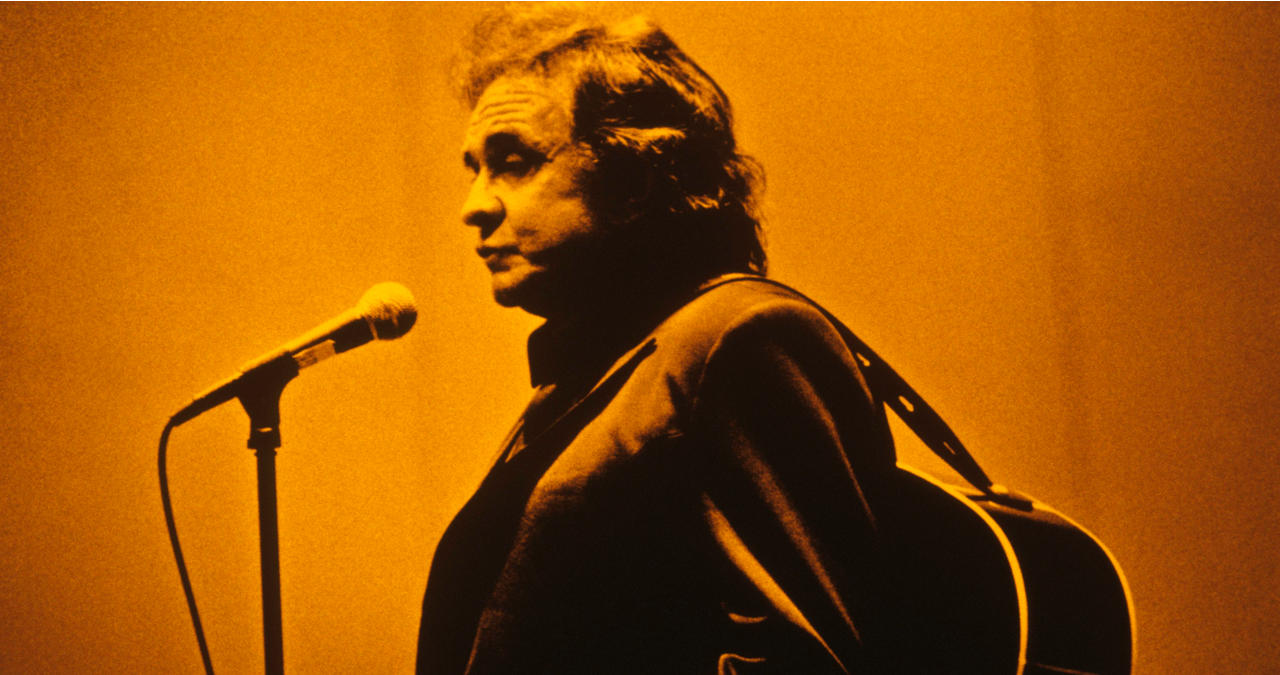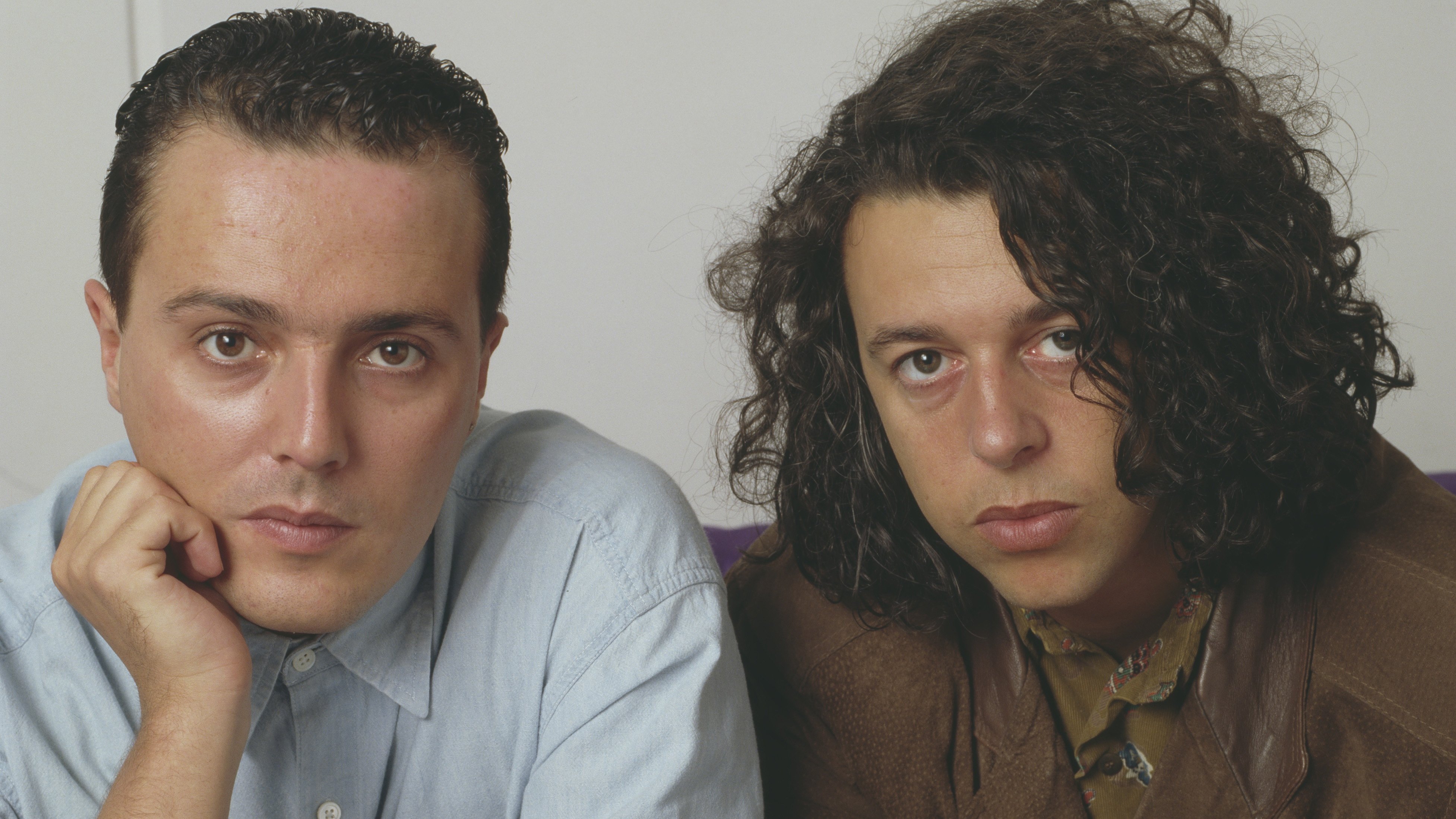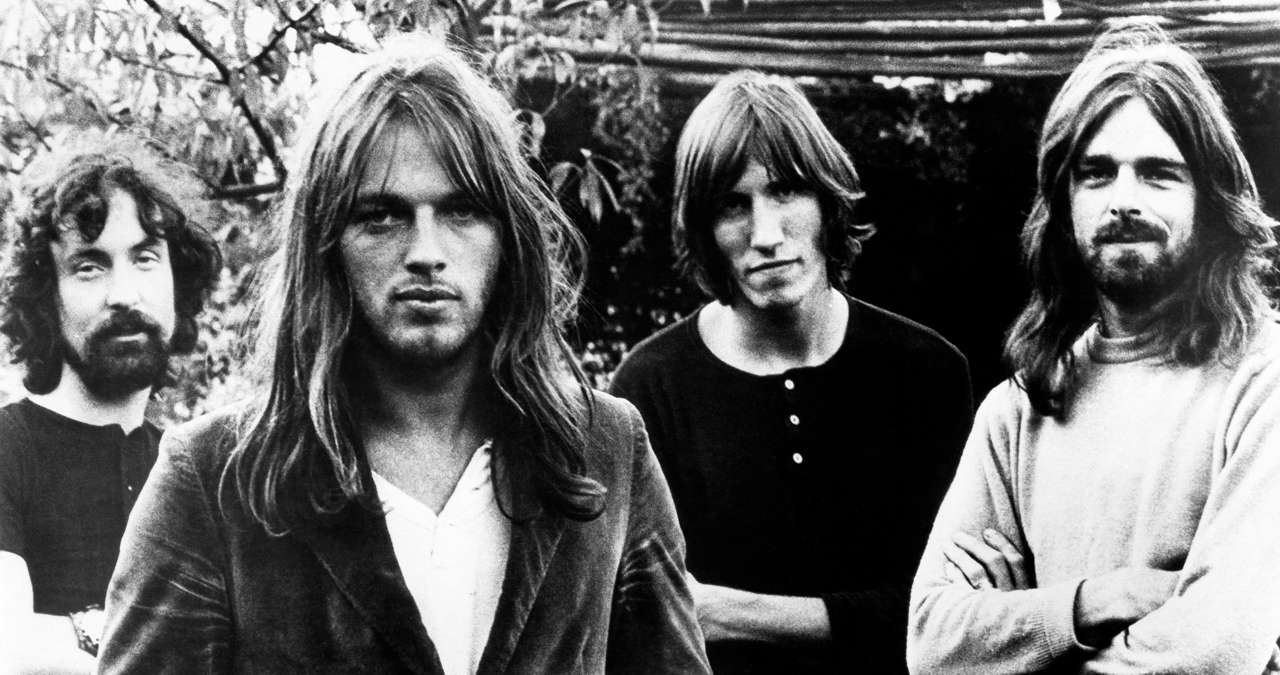"There are few producers who haven’t employed – or lusted after – it at some point or another, such is its legendary status": Why does everyone love the UREI/UA 1176 compressor?
Here’s why the 1176 has made such an impact in the recording world, and how you can rack one up for peanuts and use it on your music
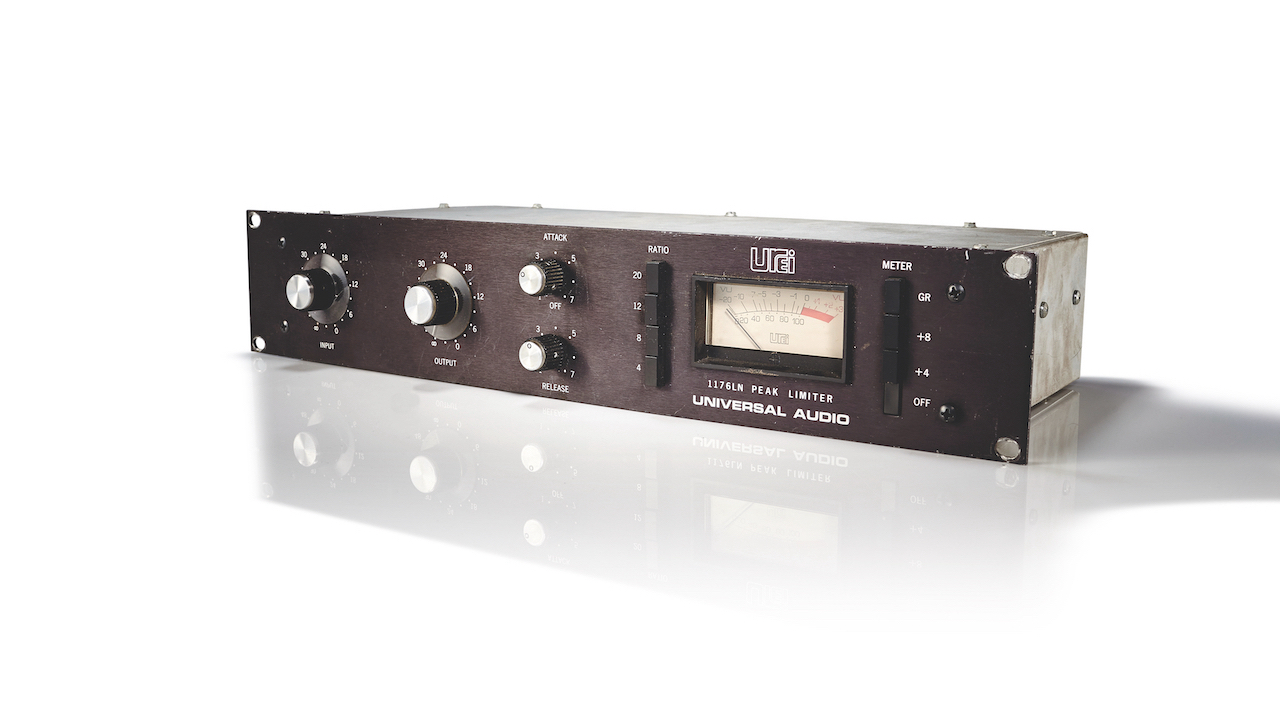
The 1176 – by UREI or Universal Audio, take your pick – is one of the most revered pieces of studio gear. The peak limiter/compressor was released in 1968 by Bill Putnam who had been replacing the older tube technology in his range of compressors and preamps with the then all-new solid-state transistor technology. In fact, the name came after Putnam introduced the FET transistor technology into his 175B/176 tube compressor, the resulting ‘1176’ being a cut-down version of the original.
The 1176 featured all-new Attack and Release controls (though these provide their fastest times with the knobs turned right – contrary to most modern compressors), with the Attack time going right down to 20 microseconds. It also famously provided four compression ratio buttons: 4;1, 8:1, 12:1 and 20:1. We say ‘famously’ because you could press them all simultaneously for the ‘All Buttons In’ effect which added an aggressive and steep compression quality, providing what became known as ‘The British Sound’.
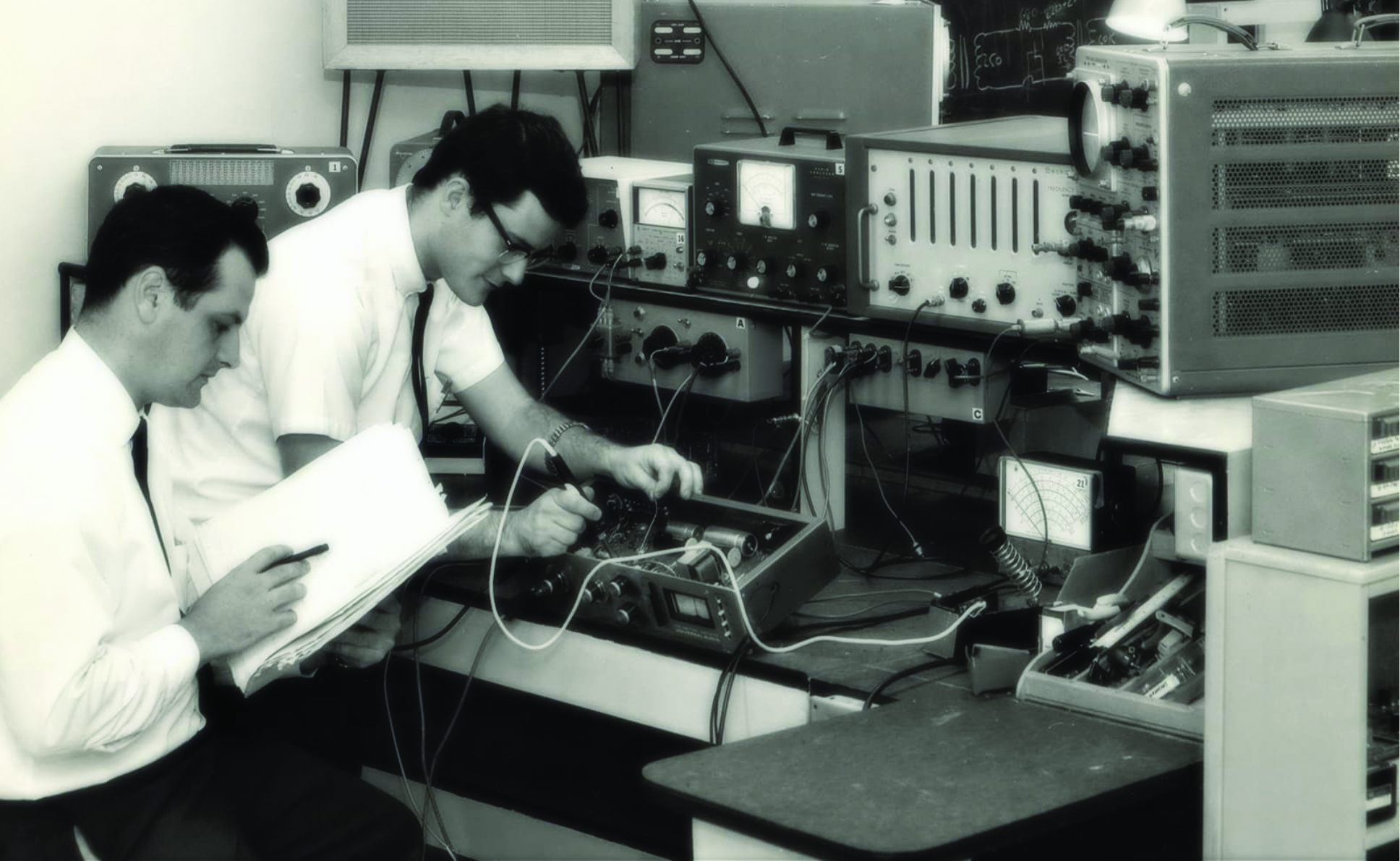
Compared to a tube compressor’s warmer sound, the 1176’s clear, aggressive, and fast character quickly won it fans across the production world, with its features particularly suited to vocals, drums and bass guitars. Famous users include Bruce Swedien who used it when recording Michael Jackson’s vocals, and Andy Johns who made the most of the All Buttons In feature when recording Led Zeppelin. That said, there are probably few producers and engineers who haven’t employed – or lusted after – the 1176 at some point or another, such is its legendary status in the production world.

Is it UREI or is it Universal Audio when it comes to the 1176? It’s actually both and to understand this, you need to get your head around the rather complex story of Bill Putnam’s company history. But to get that across we’d need a book as Putnam Senior has been associated with, or owned, lots of vintage companies including Universal Audio, United Recording Electronics Industries (that’s UREI), Universal Recording Corporation, Studio Electronics and Teletronix.
As with any classic piece of vintage studio gear, there are plenty of exacting emulations out there
Anyway, fortunately, all you need to know is that when the 1176 was released in 1968, the Universal Audio name was used, but the UREI name was dominant so also added to the branding on Revision D of the unit, although the UA name was dropped at Revision H. So already we have both names used on various revisions.
In 1999, Putnam’s sons, Putnam Jnr and James Putnam acquired the Universal Audio brand and you know what happened next: lots of (excellent) software models of just about every piece of vintage studio gear ever made and the resumption of the 1176 (among others) in hardware, now with the UA brand name. So, as you can see – and quite confusingly – both names have been variously used many times.
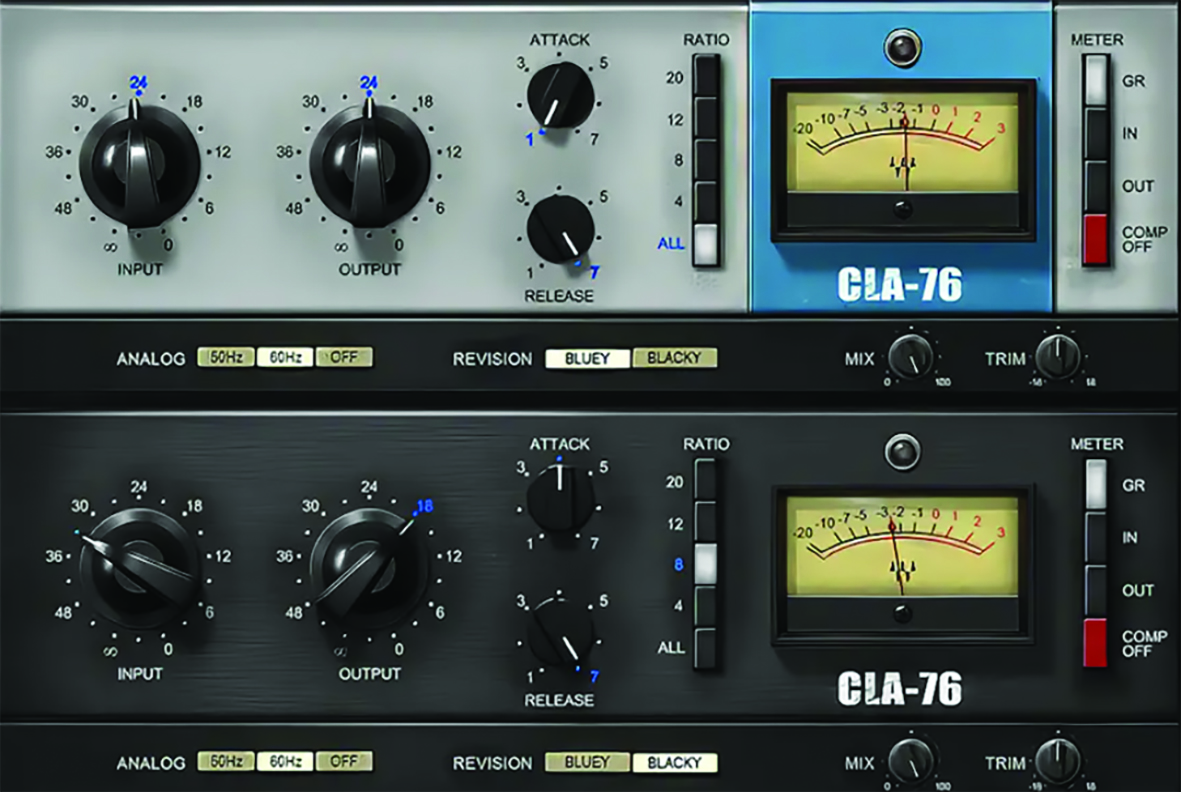
Revision history – what you need to know
There have been no less than 11 versions of the 1176, the first three revisions (A, AB, and B) all called ‘Bluestripe’, with a distinctive ‘blue stripe’ on the front fascia. Revision C was the first of five versions (C, D, E, F and G) to be called ‘Blackface’. Revisions C, D and E are often cited as the best models to aim for as they featured new low noise circuitry, hence the often used ‘1176LN name’.
Get the MusicRadar Newsletter
Want all the hottest music and gear news, reviews, deals, features and more, direct to your inbox? Sign up here.
The next revision (H) was called ‘Silverface’ down to the brushed aluminium front plate, and with this version, the Universal Audio name was removed leaving the UREI brand name. Revision 10 is the new Universal Audio 1176LN, so features the same low noise circuitry from Revision C, D, and E, widely regarded as the best of all versions. Finally, UA released the limited edition 1176 AE (Anniversary Edition) with the ability to switch between various revisions. Only 500 of these units were built but this v11 is the (so far) latest one you can buy (if you can track one down).
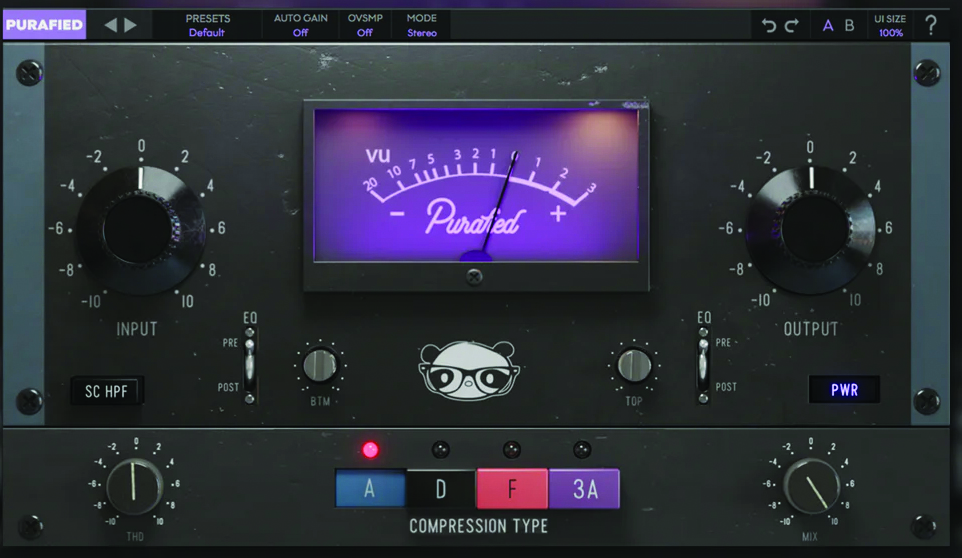
Software models
As with any classic piece of vintage studio gear, you’re not going to want to pay big bucks for an original, nor probably the better part of three grand for a newer version. But fear not, because as with any classic piece of vintage studio gear, there are plenty of exacting emulations out there.
So on the software side, take your pick from many. Universal Audio has its UA 1176 Classic Limiter Collection bundle (£299), which is inevitably considered the best by many producers. Almost as inevitable is a Waves version, the CLA-76 ($149). Relative newcomers Pulsar Audio has its 1178 (€149) which it says is a perfectly emulated and enhanced FET compressor.
Purafied Audio comes in with a cheaper emulation at just £77 and ‘packs the punch of the real deal’. Purple Audio’s MC77 is one of the most highly-regarded versions (and one of the oldest and best looking). It costs a whopping $249 but as with many of our stated prices, look out for deals (whisper: it’s currently $25).

Back to the bigger developers and we’ll finish with IK Multimedia’s Black 76 Limiting Amplifier which comes in at €99, and Arturia’s Comp FET-76 (also €99). Certainly, with the latter, we’d recommend taking a look at the company’s FX Collection 5 for a better deal where €499 buys you not only the FET-76 but 33 other plugins. We’ll close with Softube’s FET Compressor MK-2 which it calls “a ground-up remake of an eternal favourite”. We say ‘close’ but we could go on as these are just the highlights of a world of software 1176s, and, as ever, do check your DAW plugins for any suspiciously 1176-looking emulations.
Of any freeware options out there, we’d say just go for Analogue Obsession’s FET-ish. There are almost certainly more out there but this one has a great rep and is available as a Mac plugin (unlike a lot of freeware). There is also a FET bundle of four plugins available from the same developer, although that might set you back a huge five bucks on a subscription.
Other modern hardware 1176s

There are, incredibly, almost as many modern hardware clones of the 1176 as there are software emulations. Purple Audio has one of each so we’ll kick off with its rather fab-looking MC77 (£1,899) which is based on the Revision E 1176.
There are, incredibly, almost as many modern hardware clones of the 1176 as software emulations
Hairball Audio makes kits of just about every 1176 revision ever made, each one selling for around $600, and is one of the not-so-best-kept secrets of the production world, although you will need some electronic skills to put them together. Ready-made, the Black Lion Audio’s Blue Stripe is considered one of the better modern recreations and comes in at a reasonable £899. Lindell Audio also does an even better-priced hardware version with its Lin76 which comes in at an incredible £450. Finally on the hardware emulation front is Warm Audio’s WA76, which is another well-liked recreation and at just $699, a very reasonably priced one.
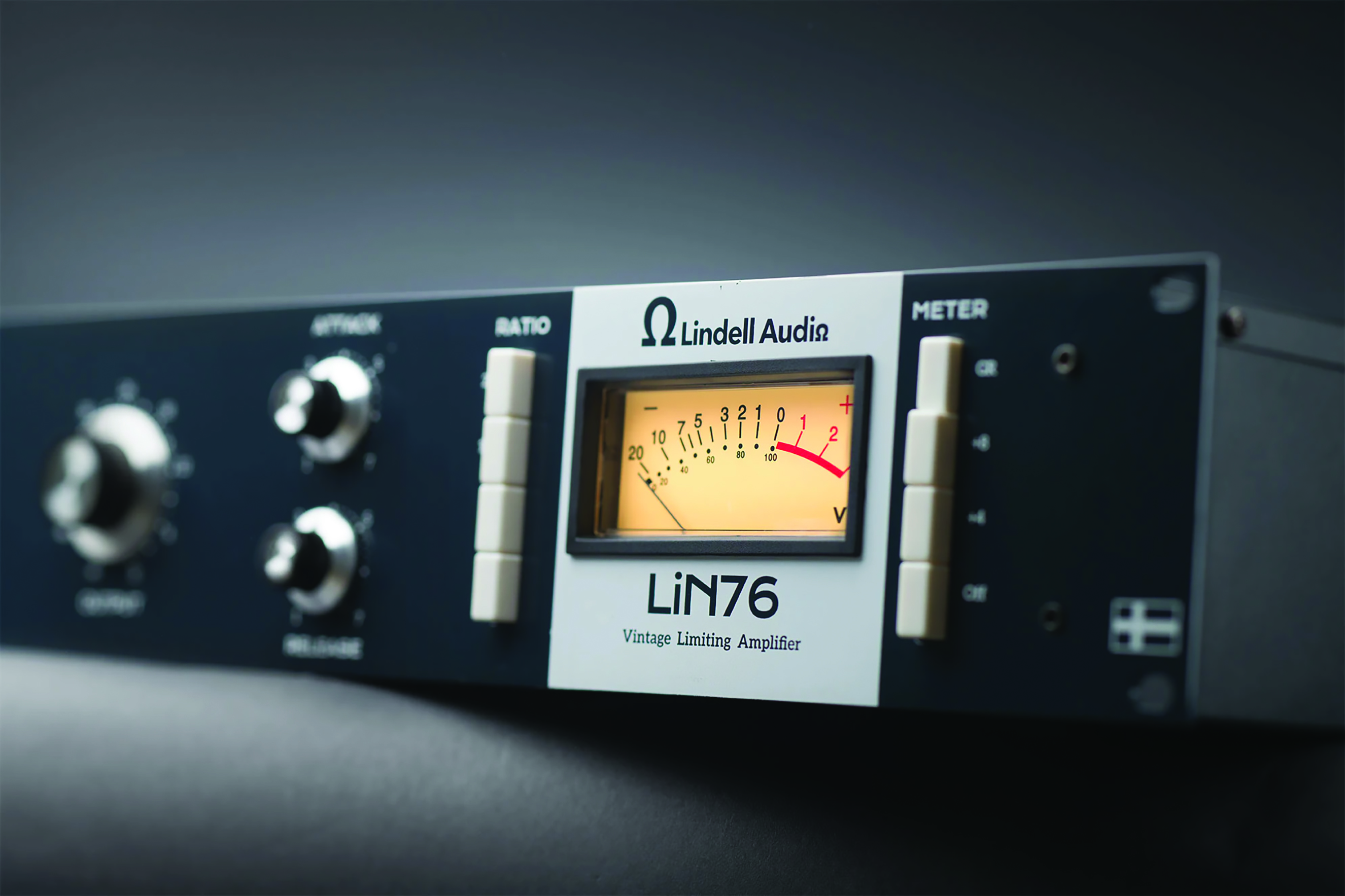
These are all hardware clones though, of course – and as ever, there are more out there made by smaller boutique companies – but if you want the real deal, you can still get it. No, we’re not talking about buying an original – which will cost you from around £5,000 (which is still pretty reasonable for a piece of vintage gear) – but a new 1176 that UA continues to manufacture. The Universal Audio 1176 LN is based on the original C, D and E versions and is as close to the original as you could ask for. Mind you it’s not cheap at around £2,600 but still at least half the price of an original model.
How to use the 1176: from some basic vocals and Dr Pepper settings to the infamous All Buttons In trick
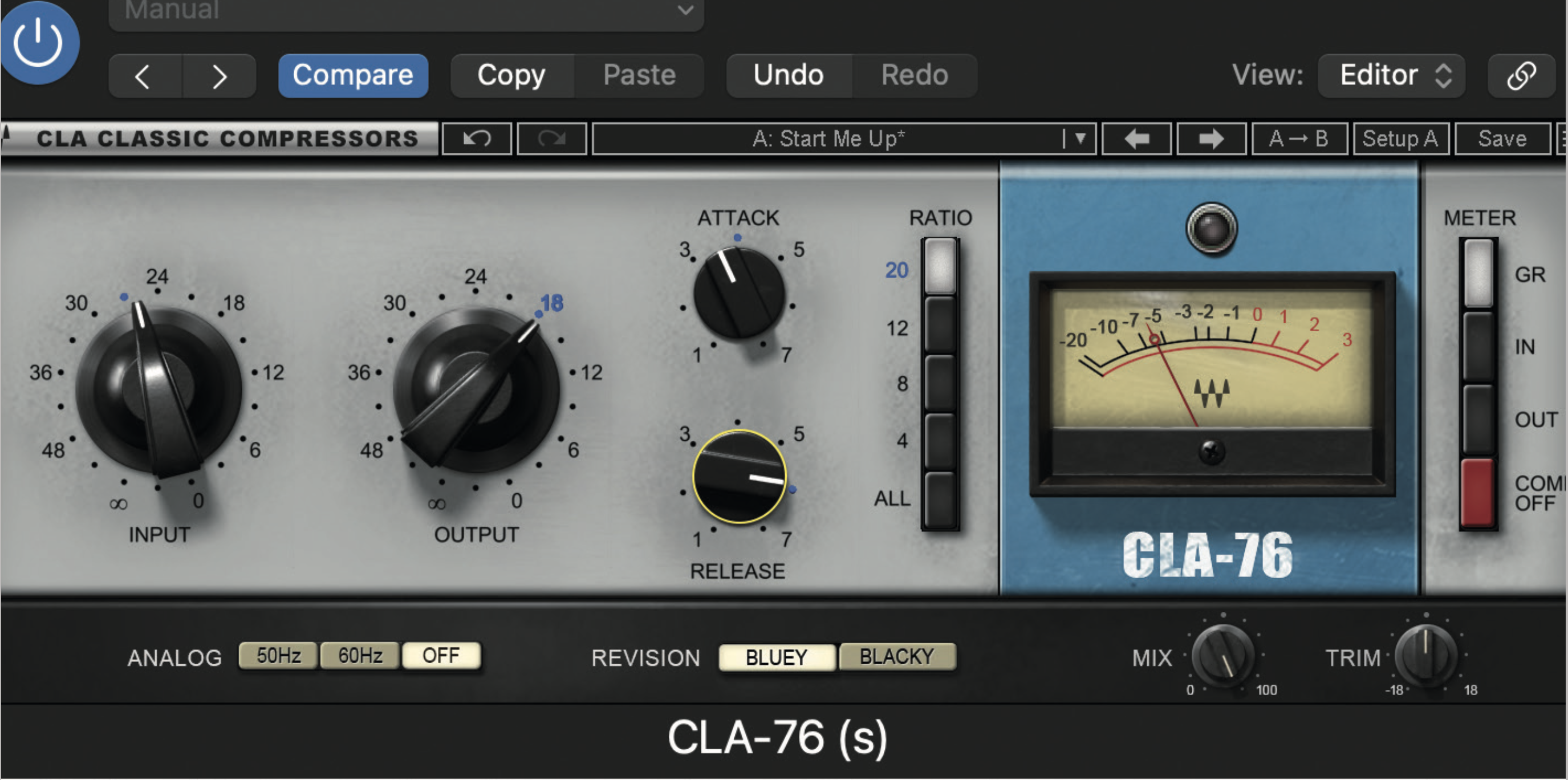
We’ll start by using a Waves CLA76 to level vocals and it’s important to note that there won’t be any exact settings as vocals can vary so much, but a slow release and middling attack can be a good starting point with a high ratio to home in on the results but reduce this for more subtlety.
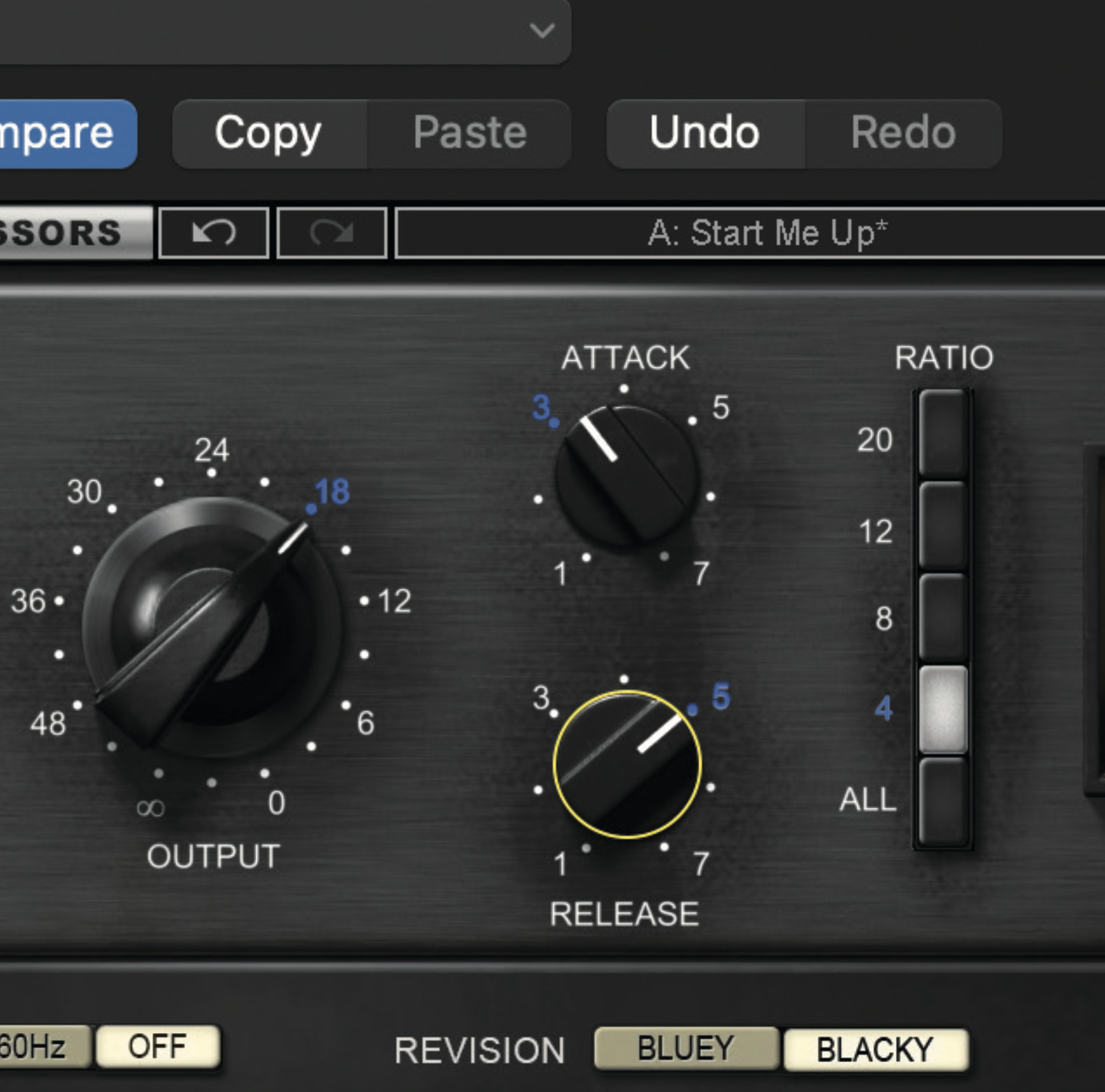
These are popular settings – Attack at around 3 and Release around 5 – to bring vocals out a little more in a mix, with the Ratio set at 4. Note we’ve switched to the Blacky on this one but the Bluey is just as good for vocals. These are known as the Dr Pepper settings as they were used on a Dr Pepper ad!
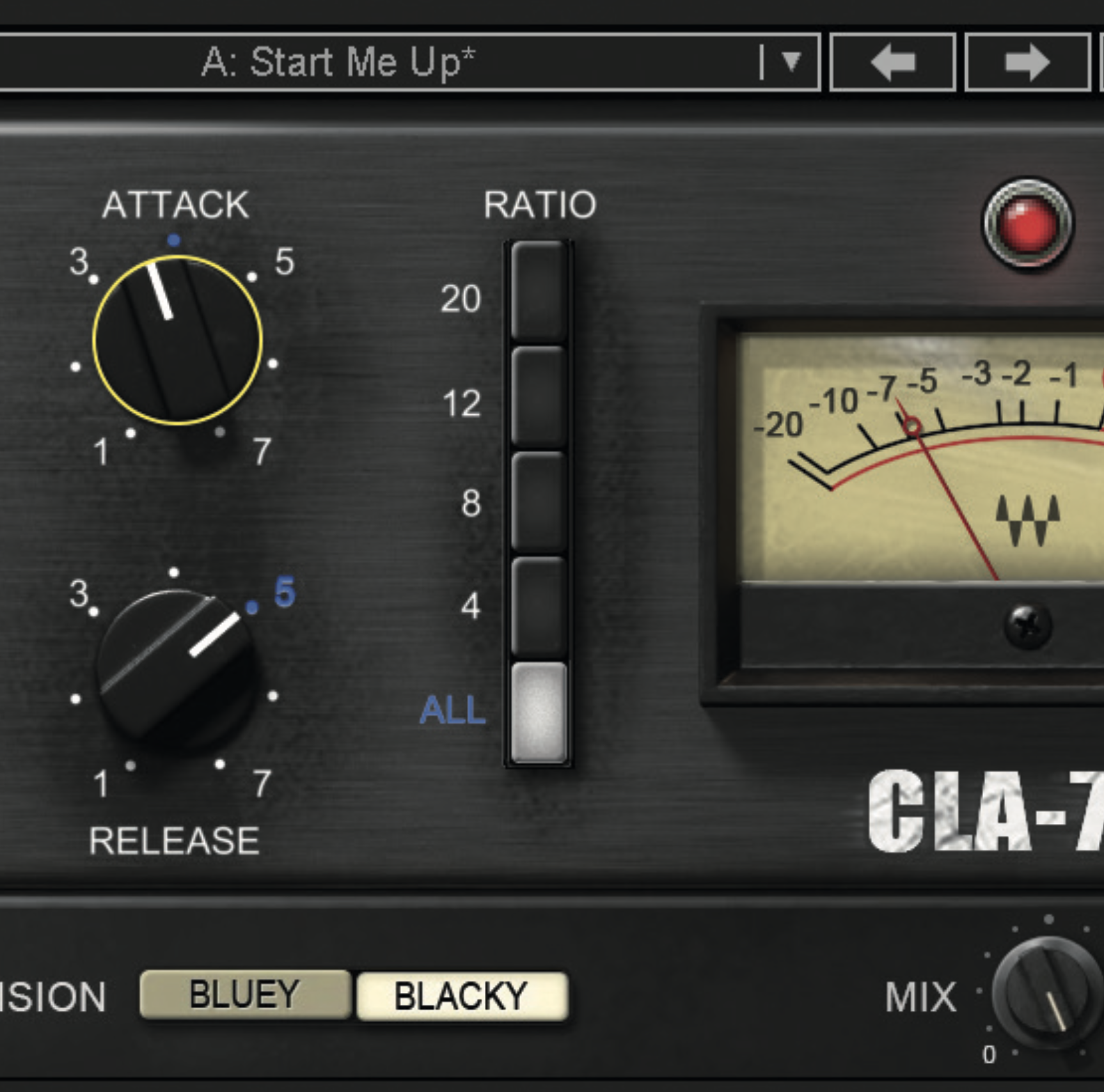
For more instant fun, try the infamous ‘All Buttons In’ mode. Here engineers went against the instructions, pushing all the Ratio buttons in simultaneously to create a more ‘British sound’. It’s particularly good on drums, adding instant aggression.
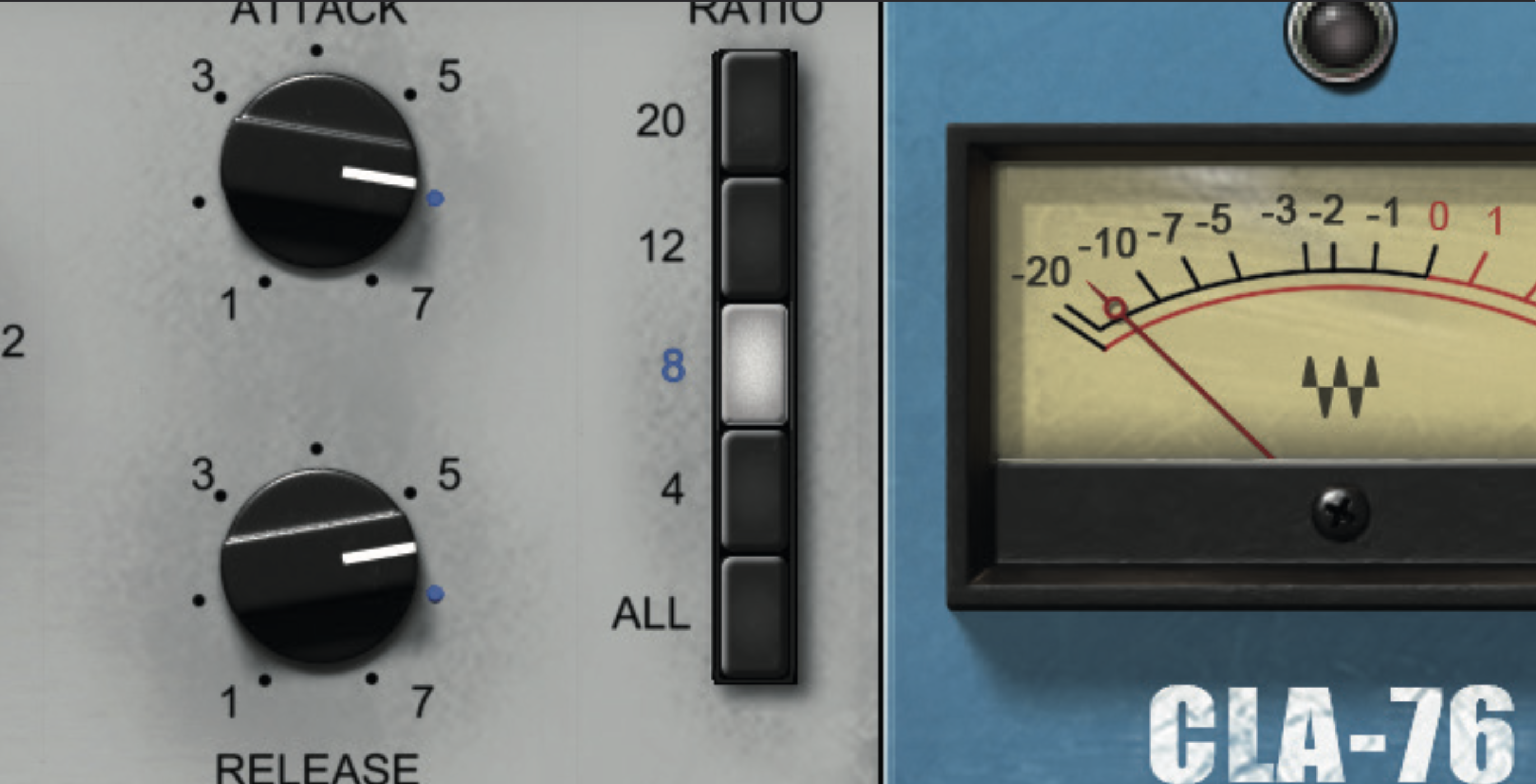
It’s also good for lead guitar and bass. Here we have the setting applied to a lovely bass sound and it brings out some of the low end, this time less aggressively.
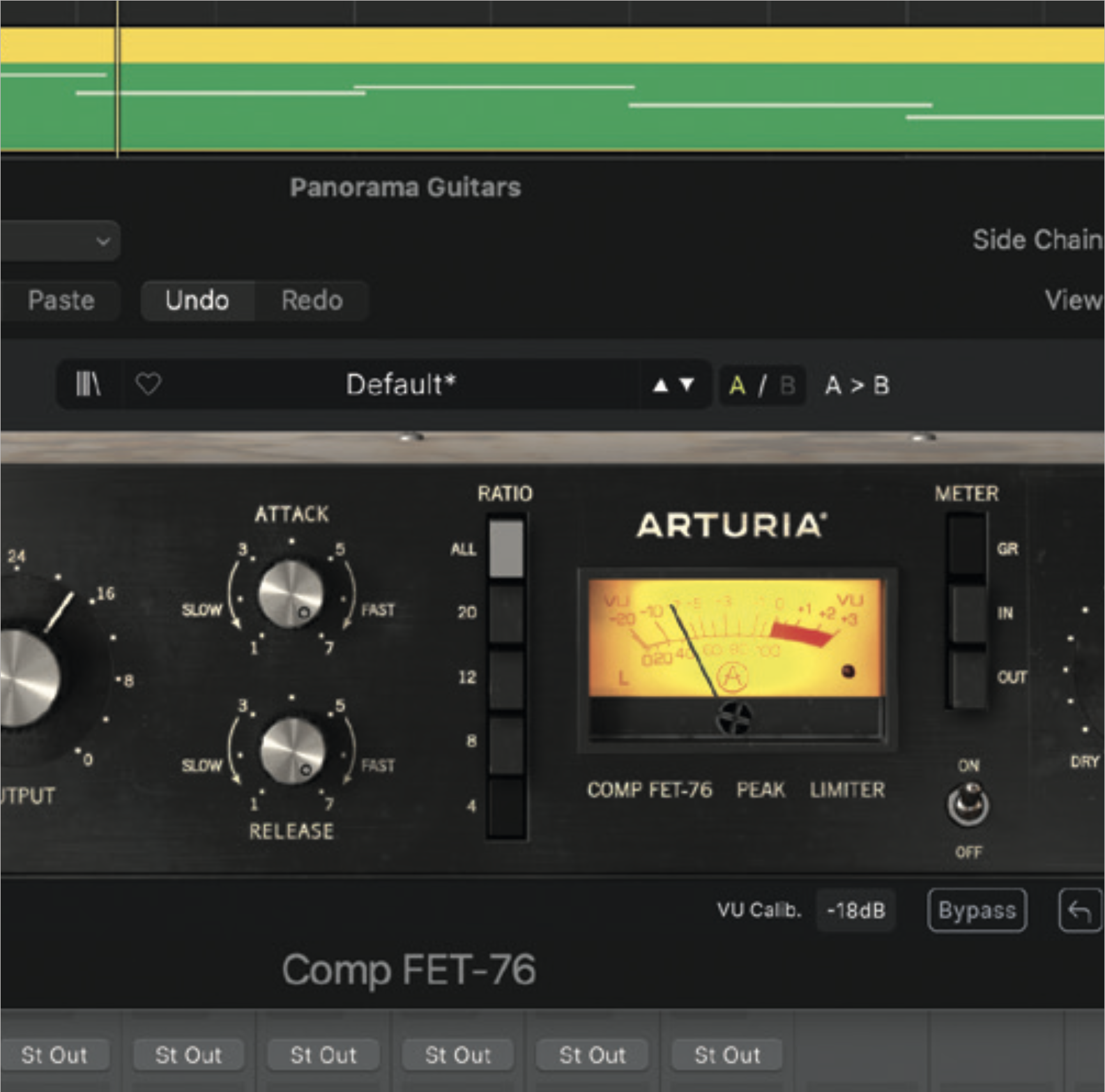
With bass sounds and vocals, another common All Buttons In approach to try is having your Attack and Release controls set at maximum (fastest). This adds a grittier sound to either. Here we’re showing off with our plugin collection by loading up Arturia’s Comp FET-76.
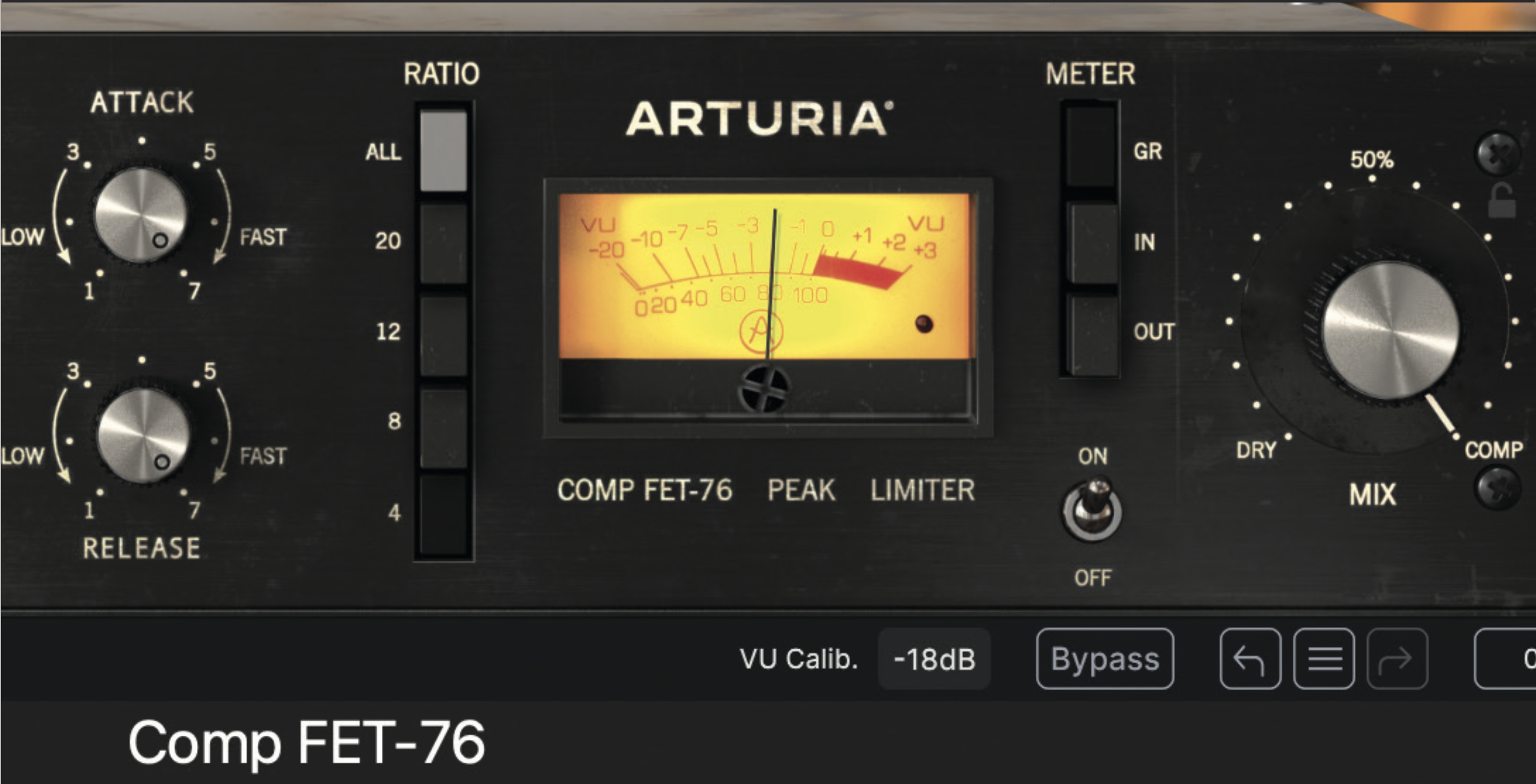
Try the previous settings on drums but be careful with your Input and Output levels. It adds proper clout and character and makes you realise how important the All Buttons In feature of the 1176 has been in its history, and why it’s such a legendary piece of studio gear.
Andy has been writing about music production and technology for 30 years having started out on Music Technology magazine back in 1992. He has edited the magazines Future Music, Keyboard Review, MusicTech and Computer Music, which he helped launch back in 1998. He owns way too many synthesizers.
MusicRadar deals of the week: I'm feeling this! Score an impressive £350 off the Fender DeLonge Starcaster, as well as hundreds off Epiphone, Gretsch, Gibson and more
With the same mesh-head playability and powerful new Strata module as its bigger brothers, Alesis Strata Club brings a new compact form to its best-selling range



